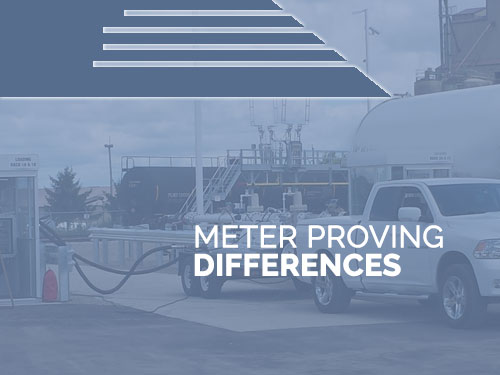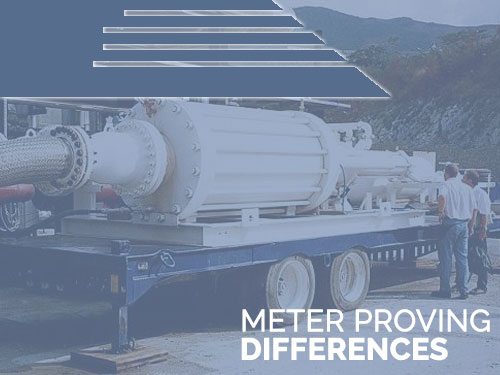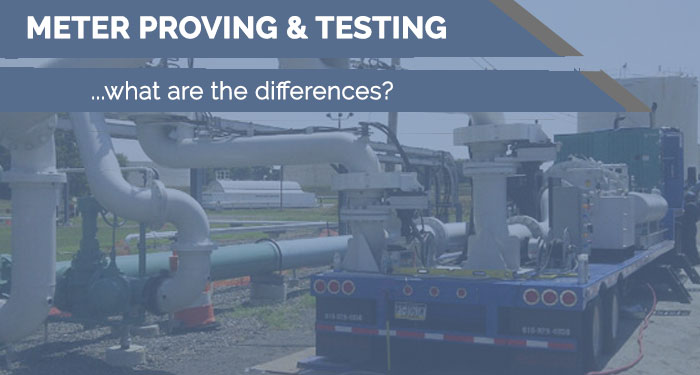Meter Proving is a simple test that confirms the general performance of a meter Each meter is unique although, that is why whenever meter proving is done you could possibly imagine a variety of results while employing different ways of testing.. To illustrate, a gas meter prover studies the accuracy and reliability for gas meters.. It Is not as simple as you could imagine as it pertains to meter proving, the provers will have to determine then compare with pre-calculated data in accordance with their guide.
Now it’s important to remember that though meter proving and meter testing may very well appear to-be the same thing, they are certainly not and the dissimilarities are crucial to understand also.

For starters meter proving happens when a specialist evaluates the precision of a meter. Meter proving is attained by contrasting the service meter versus certified prover (dynamic or tank prover, master meter) that is traceable to a domestic meteorology institute such as for instance NIST. Proving is common for liquid hydrocarbon metering and notably for pipeline custody transfer. Specific prover connections are required at the metering station permitting simultaneous measurement of the fluid in both of these devices.
Oddly enough, for longer than a 100 years the standard is still what is generally known as “bell provers” which can possibly be also filled with insecurities unto itself.
In researching this article we were able to talk to Bob Kleine, a Bonnyville turnaround and maintenance services company COO with Intricate, who had this to say…
Experienced meter proving personnel, equipped with state-of-the-art provers, can prove meters in-house and will travel to client facilities to conduct field meter proving.
Gas provers verify gas meters and they are probably the many typical. Provers are typically made use of gas meter repair centres, public gas meter shops, and public works shops. The processes in which meter proving specialists sample the accuracy of a meter is by transferring air through and then checking those outcomes to the meter’s own internal displacement. Subsequently the prover examines the per cent of air transported through the meter utilizing the air gauged by the meter itself.

The bell is effectively a vertical interior reservoir with an external protective exterior. A space amongst the inner tank and outer shell is loaded with a sealing liquid, often oil. An inverted tank, referred to as the bell, is placed over the tank that is inner. The liquid provides an air-tight seal. Bell provers are regularly counterweighted to provide pressure level that is positive to a hose and valve interconnected to a meter. In many cases wheels or guides are made use of on the part that is moving of bell which makes it possible for for smooth linear mobility without the potential for immeasurable pressure level differentials as a consequence of the bell rocking back or forth.
mistakes in proving by operators is actually common and must be considered and modified. One inconsistency above Every others is the most common and that is anytime provers experience Temp discrepancies involving the bell meter and the binding pipes utilized the prover. There are a laundry list of things to go wrong that should be regarded like human error and hardware issues.
The technologies of programmable logic controllers (PLC) enabled gas meter maintenance facilities to automate the majority of of the manual bell prover’s process and calculations. This is achieved from computerized methods of raising and lowering the bell prover. As is many automation, computers process data inputed to them by way of testers. Since the 90s, computers and PAC (Programmable Automated Controls) had been utilized. Eventually they increase the digital Detectors that would permit for much more automation and reducing further the need for humans in the testing function.
As “meter testing” will not give total verification or estimation of the inaccuracy in the volume measured, a periodic complete examination of the primary device (both meter run and orifice fitting), to verify compliance with API 14.3 / AGA Report No. 3 standards, is important to help assure total measurement accuracy.

